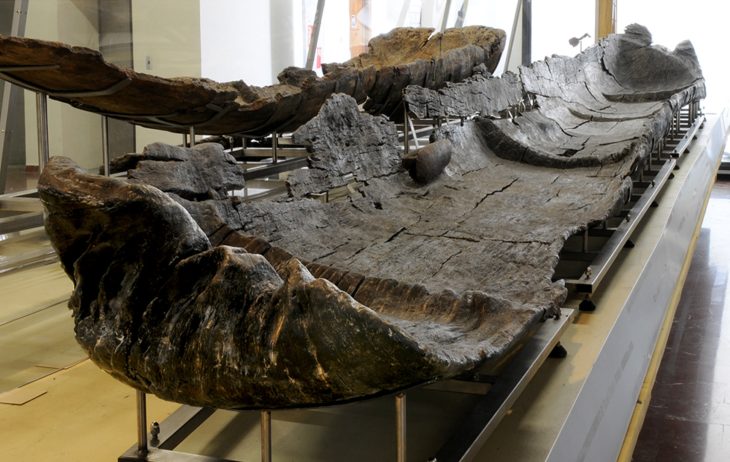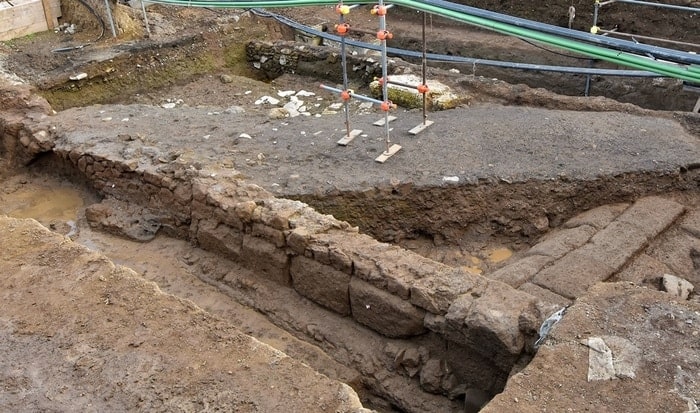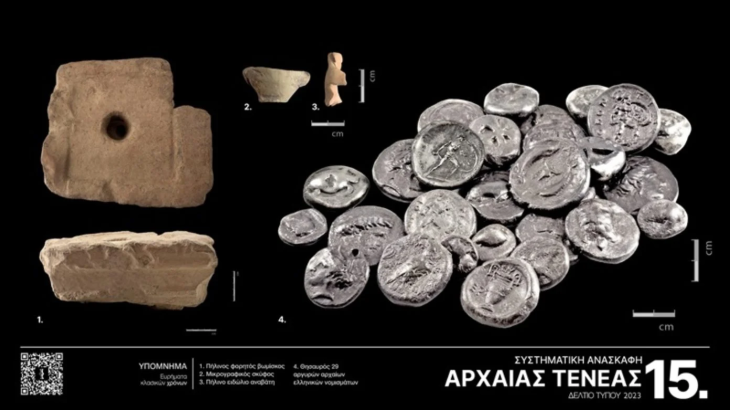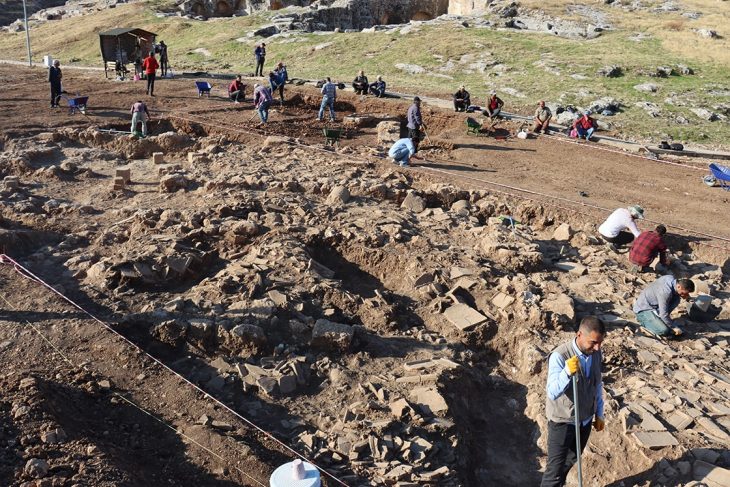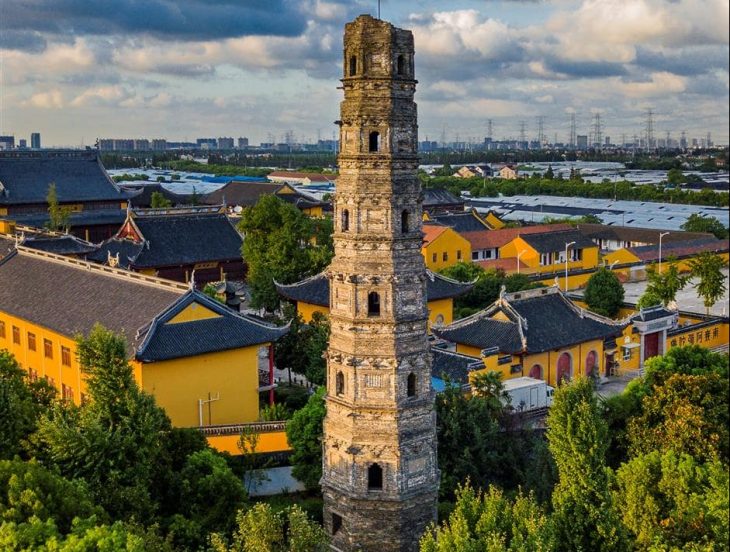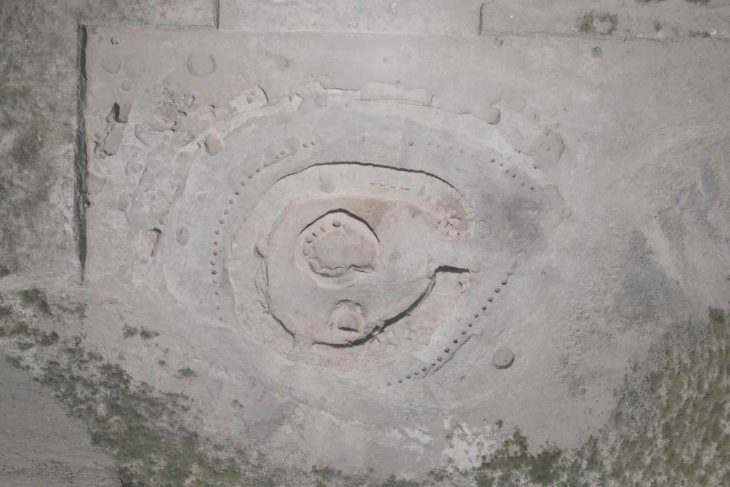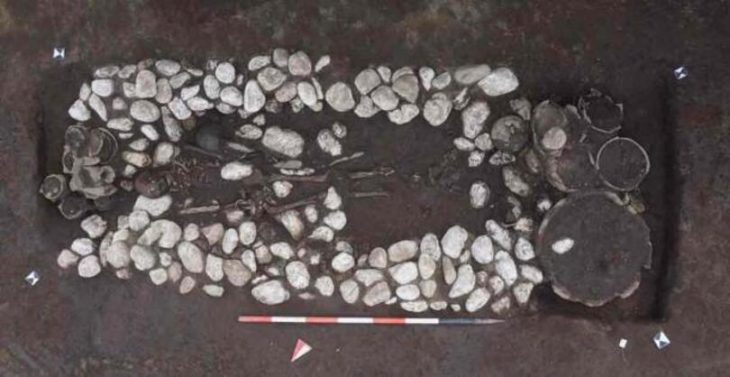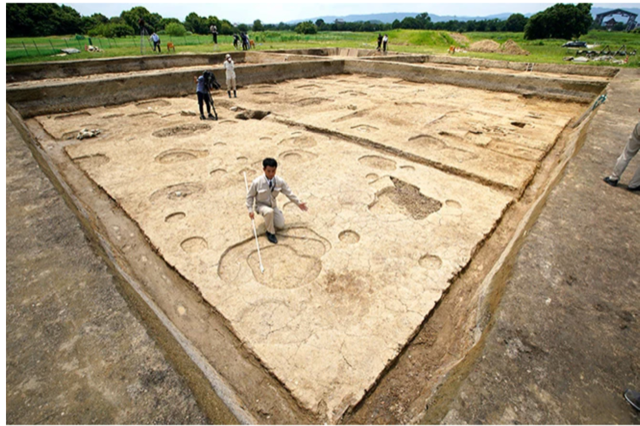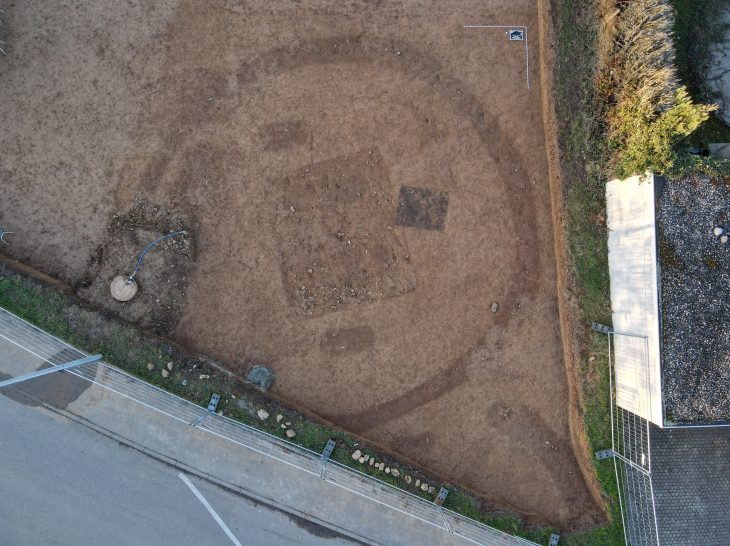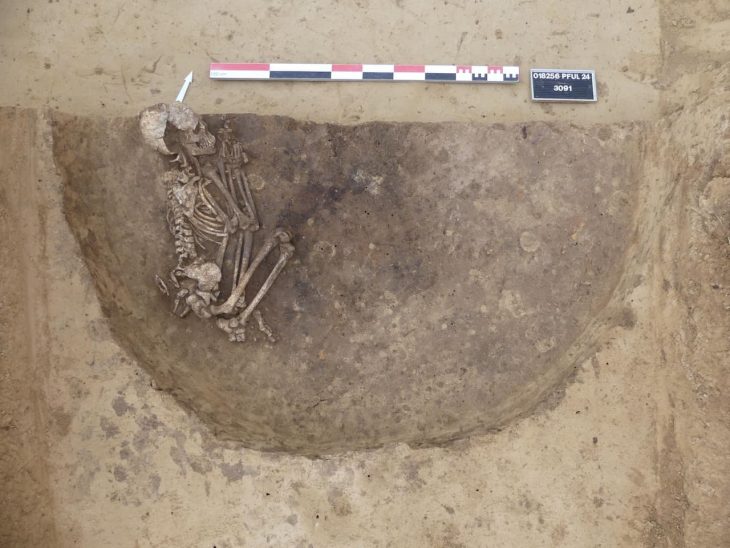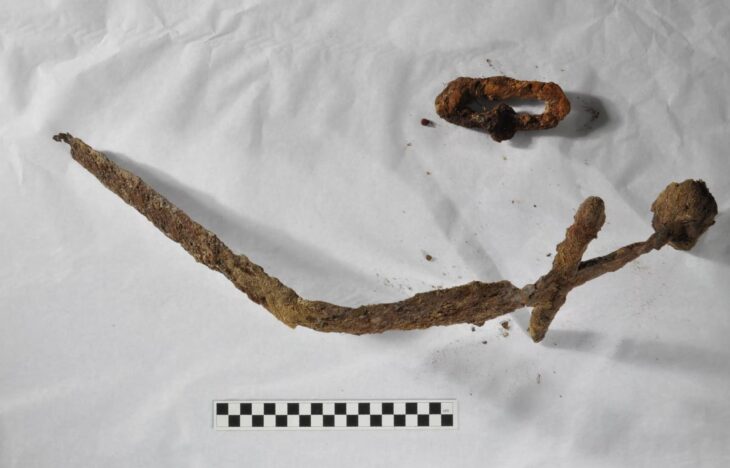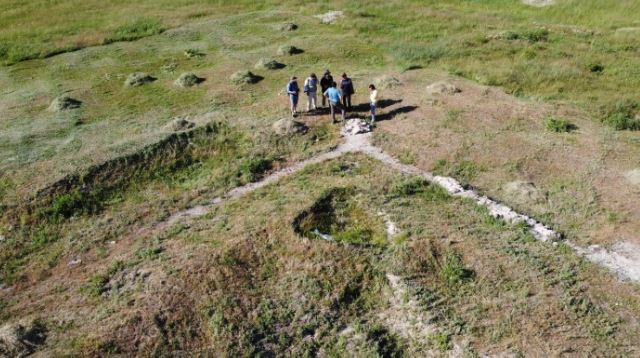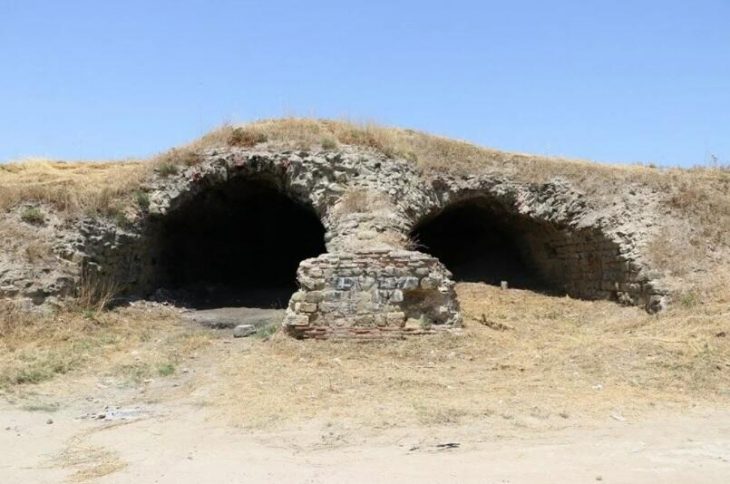Archaeologists from the Siberian Federal University have unearthed a kurgan tomb and numerous bronze tools and artifacts from a previously unknown culture.
The discovery was first made when workers bulldozed a small hillock during the expansion of the 19th-century Shinnoye cemetery near the city of Krasnoyarsk in Siberia, Russia, and unearthed a massive 2,000-year-old tomb containing bronze artifacts from a “newly defined culture.”
Researchers from the Siberian Federal University, led by Dr. Dimitry Vinogradov, have been since 2021 excavated the site.
The team discovered the remains of 50 bodies, buried alongside numerous grave goods, in a large rectangular pit lined with timber and carpeted in birch bark. The tomb most likely had a wooden roof, which was destroyed during the land clearance.
The site dates from around 2,000 years ago and belongs to a previously unknown Scythian-type culture.
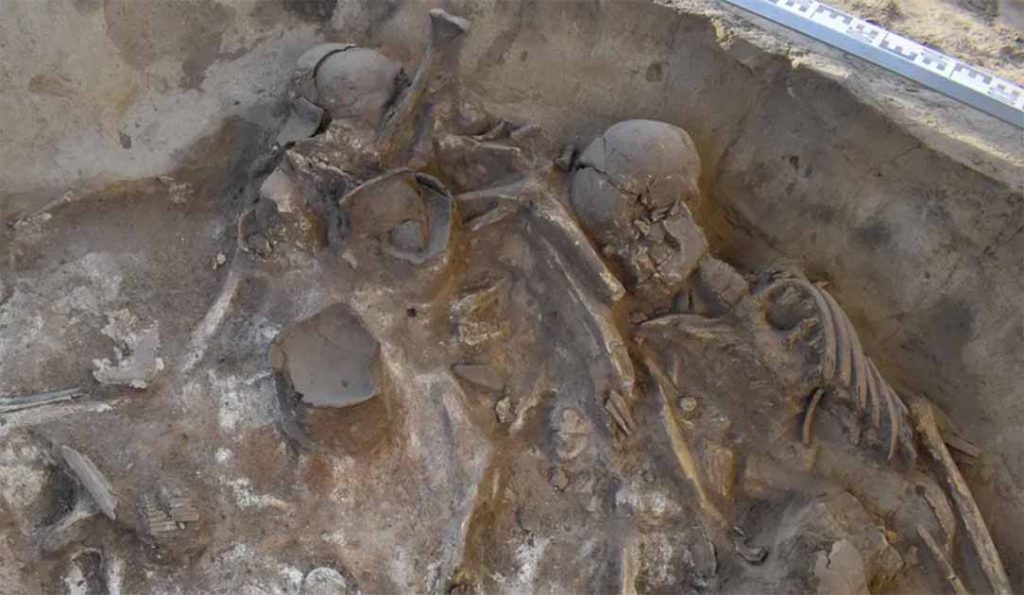
The archaeologists discovered a variety of everyday tools as well as sacred artifacts and weapons that the deceased would have used on their journeys into the afterlife inside the tomb, which was designed to hold about fifty people. There were “miniature symbolic bronze daggers and battle axes” scattered among knives, mirrors, needles, and ceramic drinking and eating vessels. Large bronze beads and plaques were also found, one of which featured a stag, which the lead archaeologist says was a common theme in prehistoric Siberian Scythian art.
The term “Scythian” does not specifically refer to any one thing, which is the main reason the tomb is being referred to as belonging to “an unknown Scythian culture.”
Vinogradov explained that the term Scythian refers to a triad of Iron Age archaeological features including “certain styles of bronze weaponry; horse-riding gear; and art featuring real and mythical animals – mainly stags, wild felines, birds of prey and mythical griffons”.
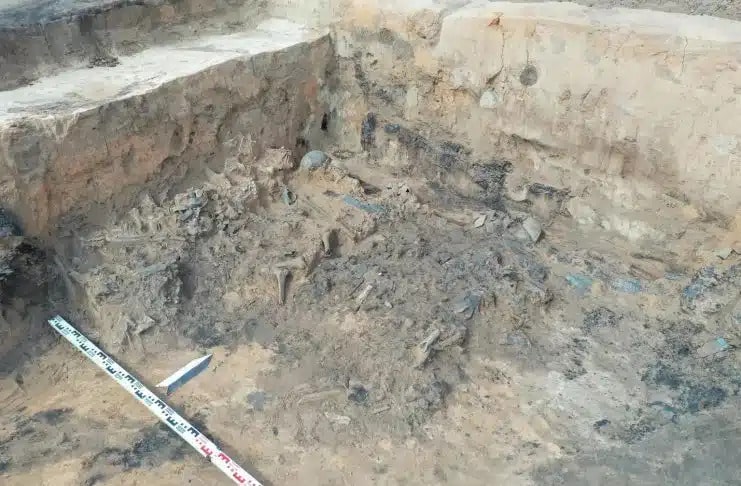
The researchers believe that the site served as a family tomb for generations, after which, was sealed off and set on fire. The color of the soil within the mound suggests the site was exposed to high temperatures. The researchers suspect that when the tomb was filled with bodies and no more space existed, “it was sealed off, set on fire, and left to burn” – becoming a “ kurgan” burial mound.
Based on the findings, Dr. Vinogradov and his colleagues believe the tomb is from a transitional culture known as “Tesinian” (first proposed by the late archaeologist and historian Mikhail Gryaznov, based on an archaeological site on the banks of the River Tes in the Minusinsk Basin), which likely emerged on the outskirts of the Tagar culture’s known territories during the 2nd or 1st century BC.
The archaeologists further insist that the Tagar culture should “be classified as a separate culture” due to the artifacts and burial practices discovered at this kurgan mound. Vinogradov characterized this extinct culture as “unique and different from anything we knew before.”
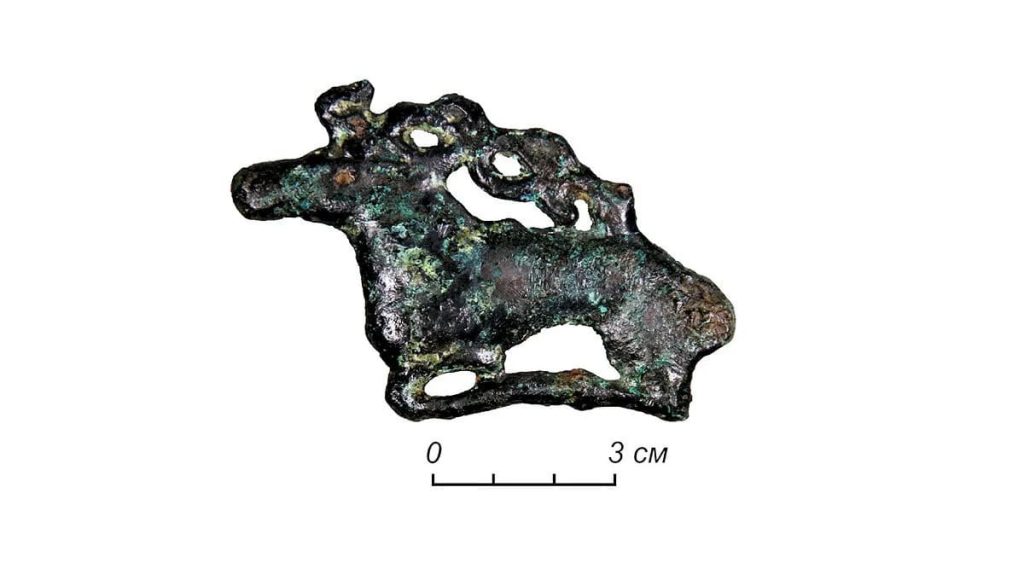
Because a “kurgan” in this region, found in the Asian steppes and mostly associated with the Tagar culture (8th-1st century BC), usually consists of an earthen tumulus built over a tomb containing a single corpse, grave goods, and horses.
Cover Photo: Aerial view of the excavation site of a 2,000-year-old tomb, next to Shinnoye cemetery, Krasnoyarsk, Russia Photo: Dimitry Vinogradov


